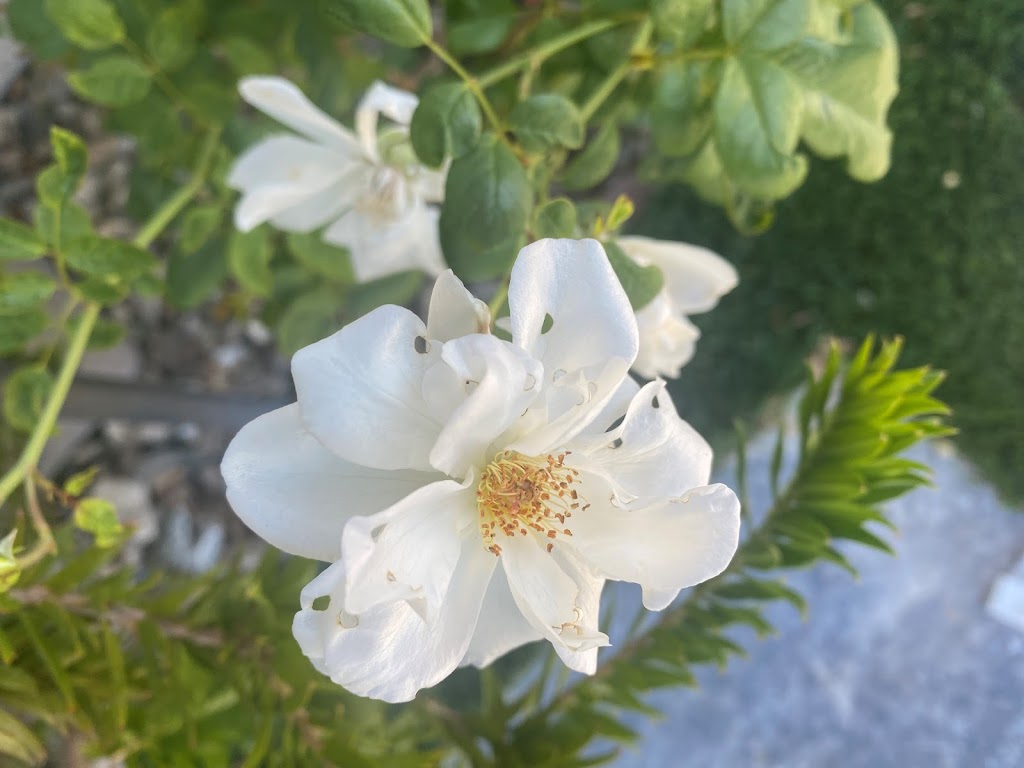National Farmers Market Week 2022 USDA Secretary Proclaims 2022 National Farmers Market Week Agriculture Secretary Tom Vilsack proclaimed August 7-13 as National Farmers Market Week to champion the direct-to-consumer producers, market managers, and customers that make their communities come alive during market days. Farmers markets have great importance in the larger goals of USDA’s Food System Transformation framework, and continue to be spaces for community engagement and education. Tricia Kovacs, Deputy Administrator of the Transportation and Marketing Program within the Agricultural Marketing Service (AMS), discusses this in her new blog post. Throughout the week, AMS will feature social media and blog content to highlight the projects and successes of local and regional farmers markets. Follow @USDA_AMS on Twitter and Instagram to stay up to date. Grab those reusable bags and see you at the market! Read the Full Proclamation Celebrate National Farmers Market Week at the USDA Farmers Market The USDA Farmers Market is hosting a homecoming-themed celebration for National Farmers Market week on August 12, 2022 from 9:00 a.m.-2:00 p.m. In addition to the more than 20 vendors that attend the market each week, there will be a variety of exhibitors from federal agencies and community organizations focused on local food and community connections. There will also be a recipe demonstration at the market’s VegU tent, activities and prizes for kids at the Produce Pals tent, musical performances, and more. Stop by to celebrate the positive impact farmers markets make in communities across the country! Visit the USDA Farmers Market Take Advantage of USDA’s Local Food Directories Since its creation in 2010, the Local Food Directories website has transformed over the years to include information that makes it easy for customers to find fresh, local foods through four main outlets. Recent updates have made the directories even easier to use on the go, on your phone or computer. USDA also launched a new directory for agritourism. As the platform continues to grow, check out this blog post for tips on how to navigate this resource, especially during National Farmers Market Week when supporting local markets can be a few clicks away. Visit the Local Food Directories Page Sharing Findings from the National Farmers Market Managers Survey The 2019 National Farmers Market Survey, conducted by USDA’s Agricultural Marketing Service (AMS) and the National Agricultural Statistical Service (NASS), collected data regarding the market practices of managers in 2019 from 10,000 farmers markets. Using trends and statistics found from these efforts, AMS and its cooperative agreement partner, Wheaton College, created five research briefs highlighting results from this survey and sharing insights into the trajectory for farmers markets into the future. For example, did you know that farmers market managers are often volunteers (34%), rather than paid employees of the market (29%). Nationally, 68% of vendors present in 2019 returned from the 2018 season, with more than one-third (37%) of markets experiencing an increase. Additionally, around one-third of farmers markets offered or engaged in at least one food waste and/or conservation program in 2019. For more details on these trends, visit the AMS website for a full set of research findings. Explore the Research Briefs Seeds of Success: Digging into the Farmers Market and Local Food Promotion Program Each month, we’re highlighting the work of Farmers Market and Local Food Promotion grant recipients. Community Foodworks/FRESHFARM Community Foodworks, which later merged with FRESHFARM, received a Farmers Market Promotion Program (FMPP) grant in 2011 to start a farmers market in the Columbia Heights neighborhood of Washington, D.C., an area of the city with limited access to fresh and local produce. After establishing this market, they received an additional FMPP grant in 2014 to expand beyond the neighborhood. They grew their markets and created a Community Supported Agriculture (CSA) program, building rapport with participating farms and local organizations. In 2017, Community Foodworks applied for a Local Food Promotion Program (LFPP) grant to establish the Pop-Up Food Hub (PUFH) program. Community Foodworks launched this project to purchase produce wholesale from farmers and distribute this food to local organizations directly. This bridged the gap between small producers and community organizations, giving both groups a stable and reliable market, and encouraging more local food options. FRESHFARM currently is continuing to work on farm to school initiatives with public schools in D.C. and nearby Arlington, Virginia while simultaneously working to increase the number of pick-up sites for individuals to collect their CSA boxes. Read the Full Story Seeds of Success: Where Are They Now? The Agricultural Marketing Service’s (AMS) Seeds of Success highlights accomplishments and lessons learned from Farmers Market and Local Food Promotion Program (FMLFPP) grant recipients. During National Farmers Market Week (August 7-13), we are sharing adaptations and successes of recipients focused on farmers market related projects. Renaissance Jamestown – Chautauqua County, NY As a direct result of community advocacy, the City of Jamestown City Council passed a resolution in 2020 that ensured annual support of and the allowance for the farmers market to operate on public lands and city-owned parks without costly ‘event’ fees or permits. The FMLFPP grant funds helped promote the awareness and perpetuity of this local market that continues to be a vital support system for low-income communities and regional farmers. Read more about Renaissance Jamestown. Franklin County Farmers Market – Frankfort, KY Like many businesses during the pandemic, the Franklin County Farmers Market adopted a hybrid model offering both online ordering with curbside pickup and traditional in-person sales for the 2021-2022 season. They also partnered with Community Farm Alliance to offer FreshRx, a vegetable prescription program for expectant moms and a voucher program to connect produce vendors with local schools. Read more about Franklin County Farmers Market. Adelante Mujeres – Forest Grove, OR This non-profit organization provides holistic education and empowerment to low-income Latina women, helping with child nutrition and access to locally grown and culturally appropriate food. Their farmers wanted to be able to sell directly to consumers and as a result, created the Cornelius Farmers Market in 2020 with
